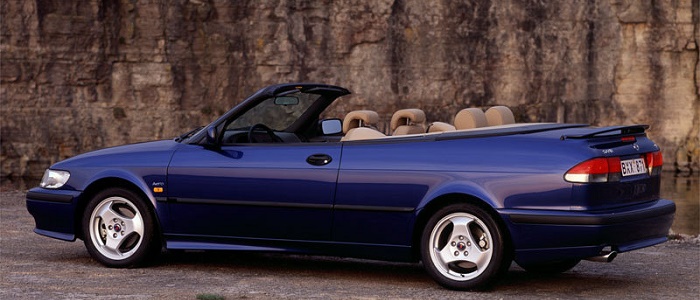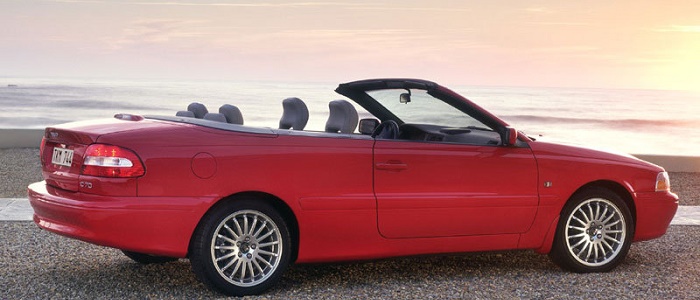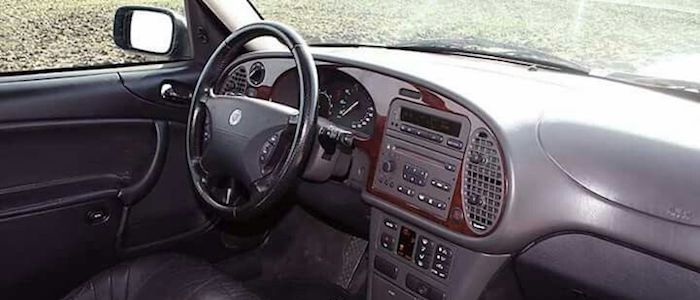Compare two cars
Compare any two cars and get our Virtual Adviser™ opinion
Dimensons & Outlines
Check vehicle history
Engine
Performance (manual gearbox)
Performance (automatic gearbox)
Expenses
Virtual Adviser's™ opinion
We are here considering two somewhat similar cars, but we can't deny some of the obvious differences. For a start, they are not even classified under the same segment, with the SAAB being a large family car and the Volvo representing sports car vehicle class. The first one has a SAAB-engineered powertrain under the hood, a 4-cylinder, 16-valves 225hp unit, while the other one gets its power and torque from a 5-cylinder, 20-valves 240hp engine designed by Volvo.
SafetyThe fact that the SAAB got tested by the European New Car Assessment Programme (Euro NCAP), while the other contender didn't, offers a slight advantage, as the 4-star rating is better than none. That aside, let's consider some other aspects which affect safety. The first vehicle is a large family car and that gives it a marginal advantage over the sports car competitor, at least that's what statistics show. On the other hand, when it comes to weight, a factor that most people underestimate, C70 offers a considerable difference of 18% more metal.
ReliabilityReliability is not the best thing to consider on the make level, but it is worth mentioning that both brands display similar results in faults and breakdowns, at least on all of the models level. These are the results of an independent reasearch, while our visitors describe reliability of SAAB with an average rating of 4.2, and models under the Volvo badge with 3.2 out of 5. Independent research findings rank 9-3 as average reliability-wise, and C70 is more or less at the same level.Above it all, drivers of cars with the same engine as 9-3 rank it on average as 3.0, while the one under the competitor's bonnet gets 4.4 out of 5.
Performance & Fuel economySAAB is a bit more agile, reaching 100km/h in 0.4 seconds less than its competitor. In addition to that it accelerates all the way to 245 kilometers per hour, 5km/h more than the other car. When it comes to fuel economy things look pretty much the same for both cars, averaging around 9.8 liters of fuel per 100 kilometers (29 mpg), in combined cycle.
Verdict
Volvo appears just a bit more reliable, although the difference is truly marginal. The most important thing when deciding between any two vehicles should always be safety, both passive and active. In my opinion, everything taken into account, 9-3 offers much better overall protection, which launches it ahead of the other contender. It all continues in the same direction, with SAAB being considerably quicker, thus putting more smile on driver's face. To make things even better, it consumps less fuel! All together, there's not much more to say, in this case I wouldn't even consider anything but SAAB. Nevertheless, let's not forget that people have different preferences and needs, so what really counts is your personal feel. I'm only here to help. Also, you could use the oportunity to find out which car, everything taken into account, would be the perfect choice for you in the eyes of the virtual adviser™, out of 12.000+ vehicles we currently have in our database.































